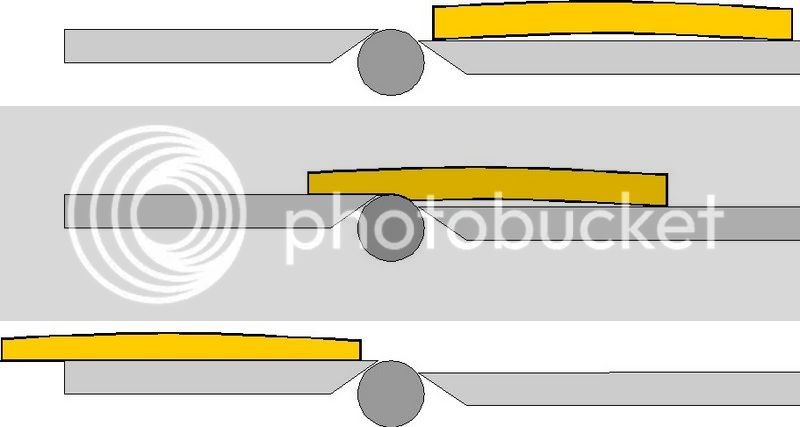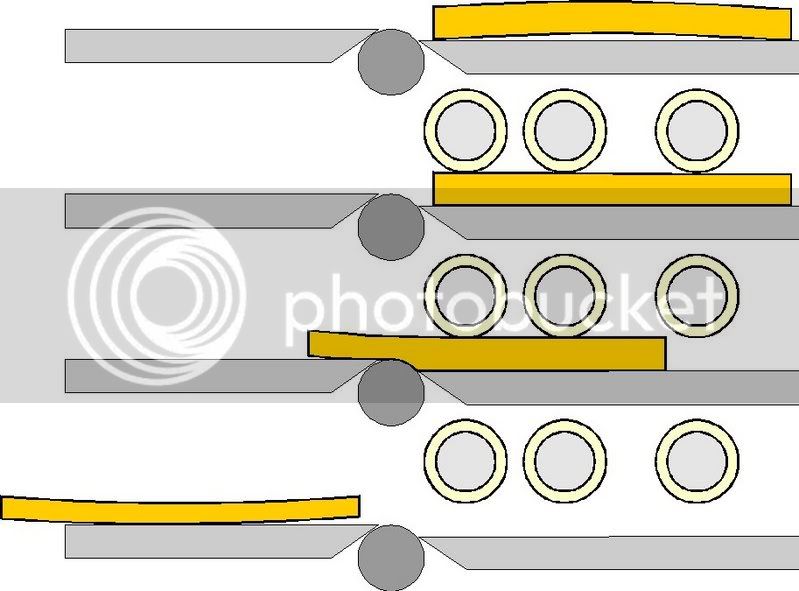engineer one
Established Member
ok so having started to re-use my mafell ad160 p/t i wondered whether there is a correct way to size your wood for a project.
in the past i have just flattened the whole plank and then cut it to size for the particular project, but obviously if the plank is longer than the infeed table, getting rid of the bow is quite complex.
so the question is how do the experts out there size the real wood for a particular job?
do you plane first and then cut,
or do you size on the saw, and then plane to thickness??
also i have noticed that scrit says do not put a hold down on the infeed side, but on the out feed, can he or someone else explain why??
rather like hand planing, machine planing is not easily taught these days, so we have to ask, and hope that someone skilled will guide us through the best route.
paul :wink:
in the past i have just flattened the whole plank and then cut it to size for the particular project, but obviously if the plank is longer than the infeed table, getting rid of the bow is quite complex.
so the question is how do the experts out there size the real wood for a particular job?
do you plane first and then cut,
or do you size on the saw, and then plane to thickness??
also i have noticed that scrit says do not put a hold down on the infeed side, but on the out feed, can he or someone else explain why??
rather like hand planing, machine planing is not easily taught these days, so we have to ask, and hope that someone skilled will guide us through the best route.
paul :wink:







